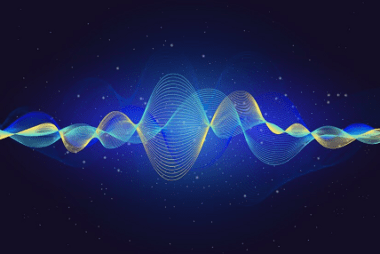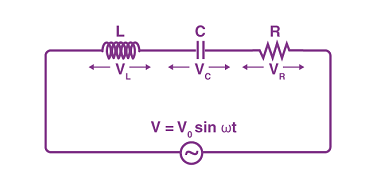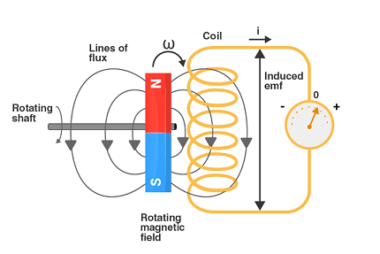Integrated Course AIIMS-SYLLABUS Physics syllabus Displacement current
Displacement current Displacement Current is a concept in electromagnetism that relates to the changing electric field within a region of space. It was introduced by James Clerk Maxwell as part of his electromagnetic field theory. Displacement Current is an important component in Maxwell’s equations, which describe the behavior of electric and magnetic fields. In simple…









